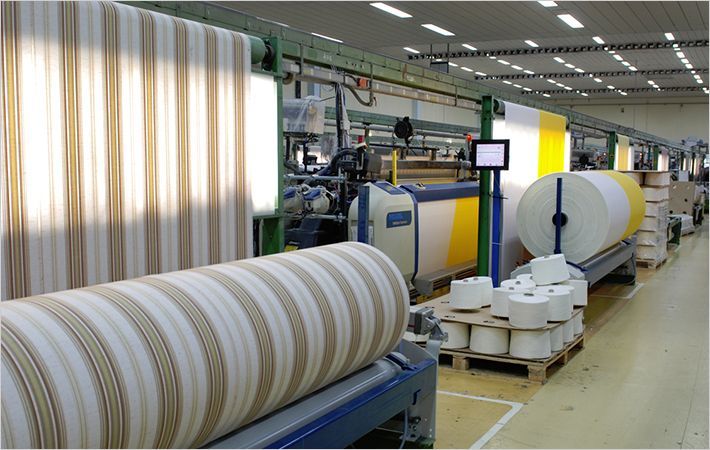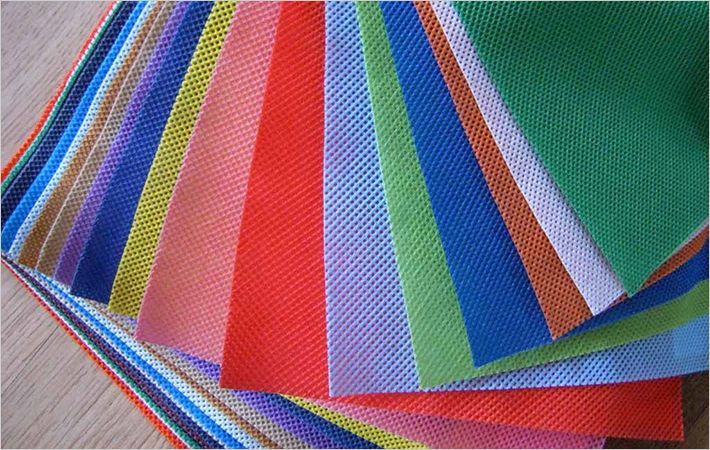ASTM’s Nanotechnology Committee (E56) is now developing a standard titled ‘Guide for Detection and Characterization of Manufactured Silver Nanomaterials in Textiles’.
“The standard will provide methods, operating principles and a discussion of advantages and limitations in regards to silver nanomaterials in clothing,” an ASTM press release informs.ASTM's Nanotechnology Committee (E56) is now developing a standard titled 'Guide for Detection and Characterization of Manufactured Silver#
According to ASTM member Aleksandr Stefaniak, silver has been used as an antimicrobial, antifungal and antiviral compound for centuries.
Many consumer products, particularly clothing, now incorporate silver nanomaterials and both natural and synthetic fibres can contain silver and it is even being incorporated into leather fibres.
Other unique uses of silver nanomaterials in textiles include wet wipes that hunters use on their skin to eliminate odour that might scare game.
“There is broad recognition that there are many types of silver used in textiles and that they are applied to fibres in many different ways,” says Stefaniak, who works for the National Institute for Occupational Safety and Health.
“However, there is little agreement on the best approach to determine if a textile contains silver and, if it does, whether it is a nanomaterial,” he adds.
“Anyone involved in textiles, from production through the end of a product’s lifecycle will benefit from this standard,” he concludes by saying.
The proposed standard could have broad applications as companies that produce textiles with silver can use the standard to ensure products meet quality control requirements.
Garment makers can use the standard to ensure that their suppliers provide textiles that meet requirements.
And finally regulators can use the standard to determine if a product under their jurisdiction contains silver in the form of a nanomaterial.
ASTM International also said the US Food and Drug Administration (FDA) has added two ASTM International standards to its list of recognised standards.
This according to ASTM means that the FDA advises referring to listed documents for points to consider when assessing whether an FDA-regulated product involves the application of nanotechnology.
ASTM recently published a standard that describes one of the few techniques that measure particle size distribution in the nano-size region.
Also called ‘E2490: Guide for Measurement of Particle Size Distribution of Nanomaterials in Suspension by Photon Correlation Spectroscopy’, it was developed by Subcommittee E56.02 on Physical and Chemical Characterisation.
The second FDA-recognised standard describes how to handle unbound nanoscale particles in settings ranging from manufacturing to research and development.
Called the ‘E2535: Guide for Handling Unbound Engineered Nanoscale Particles in Occupational Settings’, it was developed by Subcommittee E56.03 on Environment, Health and Safety. (AR)
Fibre2fashion News Desk - India

